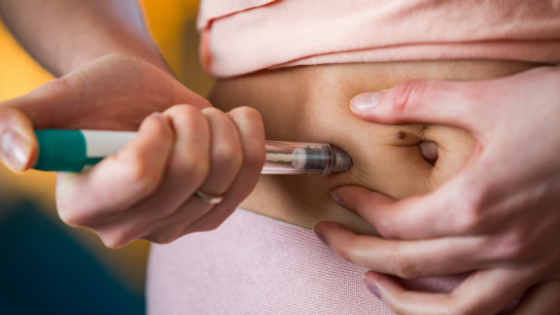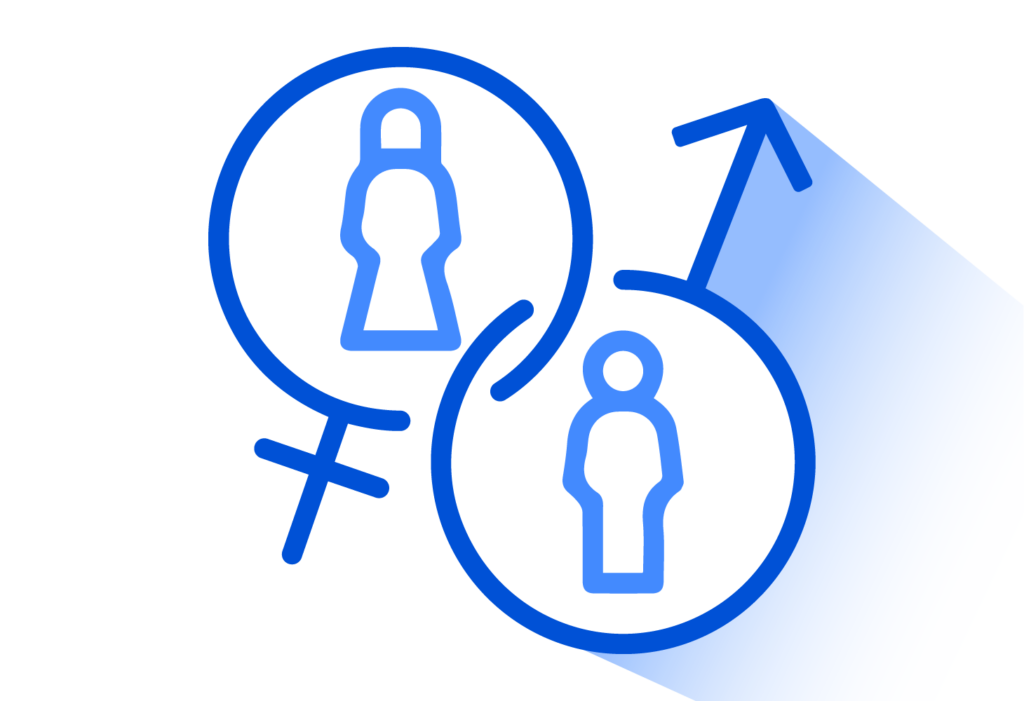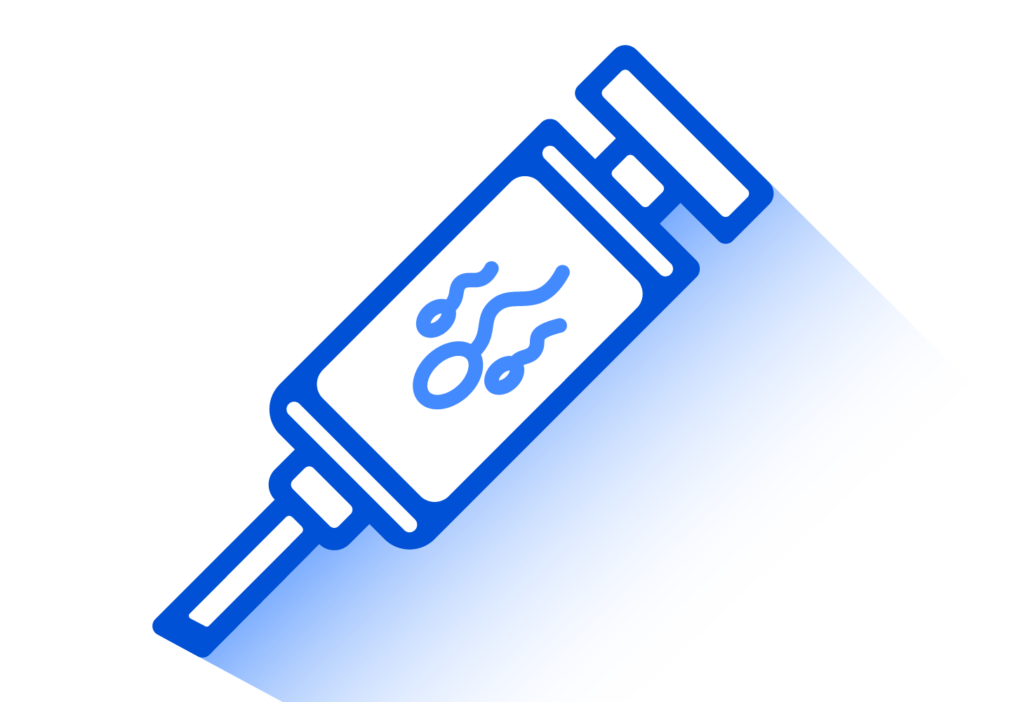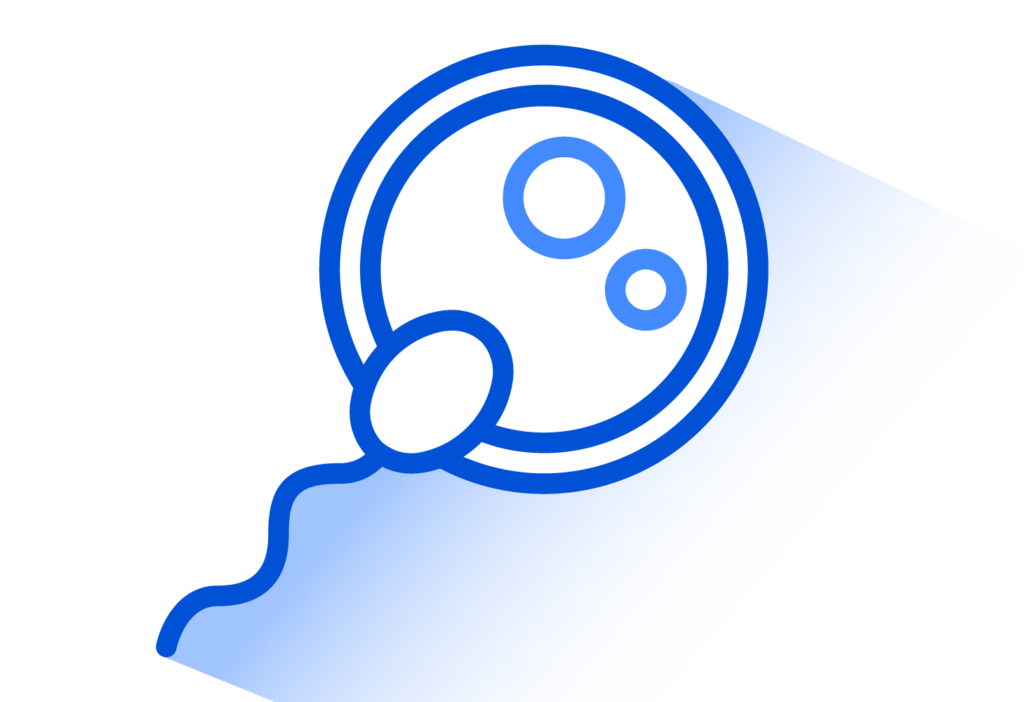
What is IVF?
You’re ready to start your family. After years of waiting, the time has finally come and you can’t wait to see your future babies smiling, giggly face. It seems that everyone around you knows the secret of how to get pregnant fast, settle into parenthood, and begin this new chapter in their lives.
IVF Overview
But for people across the world (and there are many more than you might think!) getting pregnant isn’t all that easy, and what was supposed to be a fun and blissful time begins to strain on yourself and your relationship as months go by and negative pregnancy tests pile up.
After a year of trying to conceive traditionally (or through IUI for lesbian couples) without success a couple is encouraged to see a fertility specialist, and may be diagnosed with infertility. This does not mean that you or your partner can’t get pregnant, simply that it is more difficult to get pregnant in a traditional way due to a variety of factors.
Often, after your fertility doctor and you work together to discover why it’s been difficult to get pregnant easily, spoken about infertility costs and the best treatment plans for you, either IUI or IVF will be suggested as the next route to trying to bring your baby into this world. If IUI does not work or is not a good option for your case, IVF is usually the next step toward achieving a successful pregnancy.
After a year of trying to conceive traditionally (or through IUI for lesbian couples) without success a couple is encouraged to see a fertility specialist, and may be diagnosed with infertility. This does not mean that you or your partner can’t get pregnant, simply that it is more difficult to get pregnant in a traditional way due to a variety of factors.
Often, after your fertility doctor and you work together to discover why it’s been difficult to get pregnant easily, spoken about infertility costs and the best treatment plans for you, either IUI or IVF will be suggested as the next route to trying to bring your baby into this world. If IUI does not work or is not a good option for your case, IVF is usually the next step toward achieving a successful pregnancy.
IVF Treatment
A one stop shop for all your fertility needs, we’re here to help connect you with the right fertility specialists and clinics, give you information on payment plans or IVF grants, and outline all the cutting edge treatment options available to you in one, easy to navigate place.
This exciting process can be a bit overwhelming when trying to figure out which doctors to see, how to pay for treatment, and if seeking infertility treatment is even right for you.
That’s why we created Fertility Finders, to help take the stress out of endless google searches and fertility note taking.
In fact, IVF is the most effective fertility treatment available today. IVF is up to 5 times more effective at resulting in a successful pregnancy than intrauterine insemination (IUI).
Some common indications for IVF include age related infertility, damaged fallopian tubes, endometriosis, unexplained infertility, male factor infertility, genetic testing for pregnancy loss or inheritable genetic diseases, and family balancing.
This exciting process can be a bit overwhelming when trying to figure out which doctors to see, how to pay for treatment, and if seeking infertility treatment is even right for you.
That’s why we created Fertility Finders, to help take the stress out of endless google searches and fertility note taking.
In fact, IVF is the most effective fertility treatment available today. IVF is up to 5 times more effective at resulting in a successful pregnancy than intrauterine insemination (IUI).
Some common indications for IVF include age related infertility, damaged fallopian tubes, endometriosis, unexplained infertility, male factor infertility, genetic testing for pregnancy loss or inheritable genetic diseases, and family balancing.

After implantation you will have a follow up appointment to see if the procedure was successful!
Once the embryo is accepted, Mother Nature takes it all from there! Your fertility doctor may have you come in for another check up, but often you will begin working with your own Obstetrician as your new baby grows strong and you get closer to meeting them.
Sometimes, to increase the likelihood of an embryo attaching, multiple are implanted at once to ensure that at least one is accepted. However, some doctors are tentative to implant more than 2 or 3 as it could increase the chances of twins or triplets and cause health problems or possible miscarriage in IVF patients with medical conditions.
Sometimes, to increase the likelihood of an embryo attaching, multiple are implanted at once to ensure that at least one is accepted. However, some doctors are tentative to implant more than 2 or 3 as it could increase the chances of twins or triplets and cause health problems or possible miscarriage in IVF patients with medical conditions.
IVF Process
Usually about 3-5 eggs are fertilized and grown during an IVF cycle to ensure that at least one, if not all, grow strong and are good candidates for reimplantation. During this phase your fertility specialist will grade the embryos based on how healthy they are.
Just like in nature, a single sperm will win out against the others and fertilize the egg, beginning the amazing process of life.
A couple can choose to freeze their embryos for later use if they wish, or use them immediately. When a couple is ready to begin their pregnancy, they will return to the office so the embryo can be implanted into the uterus.
The procedure is timed to line up with a woman’s natural cycle so that the uterus is most likely to accept the embryo and nurture it into a healthy baby.
Steps to IVF Procedure

Step 1 :
The newly fertilized egg is carefully looked after for about five days until it has grown into a strong embryo known as a blastocyst (this is why this period is known as the blastocyst stage). This is also the stage in which gender selection and PGT can be done if a couple likes. IVF stands for In Vitro Fertilization, and it is a practice that has been used by fertility doctors for the past 40 years. The first IVF baby was born in 1978, and since then the success of using this procedure as a solution to infertility has been astonishing.
Step 2 :
Couples who thought they would never be able to conceive suddenly had new hope of building their family, and the fertility field began to advance rapidly as excited prospective parents cheered at this new chapter in modern medicine.


Step 3 :
IVF begins with your fertility doctor collecting eggs during ovulation. This is done through inducing hyper ovulation through fertility drugs so that several eggs can be collected at once. Usually about 10-12 eggs are collected per cycle, although this can vary from patient to patient.
Step 4 :
Donor eggs are also sometimes used in cases of poor egg health, genetic diseases, or in post cancer patients.
The eggs are then either frozen for future use, or those that are ready to be used are placed in a small glass dish in the lab and either a sperm sample from the male partner or donor sperm is placed in the dish surrounding the egg.
The eggs are then either frozen for future use, or those that are ready to be used are placed in a small glass dish in the lab and either a sperm sample from the male partner or donor sperm is placed in the dish surrounding the egg.

Step 1:
The newly fertilized egg is carefully looked after for about five days until it has grown into a strong embryo known as a blastocyst (this is why this period is known as the blastocyst stage). This is also the stage in which gender selection and PGT can be done if a couple likes. IVF stands for In Vitro Fertilization, and it is a practice that has been used by fertility doctors for the past 40 years. The first IVF baby was born in 1978, and since then the success of using this procedure as a solution to infertility has been astonishing.
Step 2:
Couples who thought they would never be able to conceive suddenly had new hope of building their family, and the fertility field began to advance rapidly as excited prospective parents cheered at this new chapter in modern medicine.
Step 3:
IVF begins with your fertility doctor collecting eggs during ovulation. This is done through inducing hyper ovulation through fertility drugs so that several eggs can be collected at once. Usually about 10-12 eggs are collected per cycle, although this can vary from patient to patient.
Step 4:
Donor eggs are also sometimes used in cases of poor egg health, genetic diseases, or in post cancer patients.
The eggs are then either frozen for future use, or those that are ready to be used are placed in a small glass dish in the lab and either a sperm sample from the male partner or donor sperm is placed in the dish surrounding the egg.
The eggs are then either frozen for future use, or those that are ready to be used are placed in a small glass dish in the lab and either a sperm sample from the male partner or donor sperm is placed in the dish surrounding the egg.
